China has the world’s fastest and largest high-speed rail network — more than 19,000 miles, the vast majority of which was built in the past decade.
Japan’s bullet trains can reach nearly 200 miles per hour and date to the 1960s. They have moved more than 9 billion people without a single passenger causality. casualty
France began service of the high-speed TGV train in 1981 and the rest of Europe quickly followed.
But the U.S. has no true high-speed trains, aside from sections of Amtrak’s Acela line in the Northeast Corridor. The Acela can reach 150 mph for only 34 miles of its 457-mile span. Its average speed between New York and Boston is about 65 mph.
California’s high-speed rail system is under construction, but whether it will ever get completed as intended is uncertain.
Watch the video to see why the U.S. continues to fail with high-speed trains, and some companies that are trying to fix that.

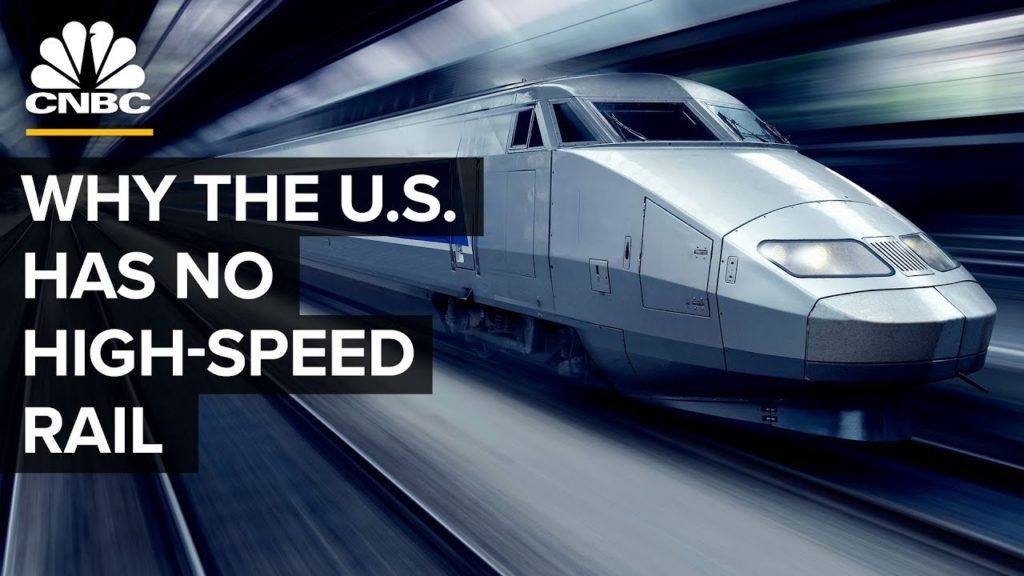





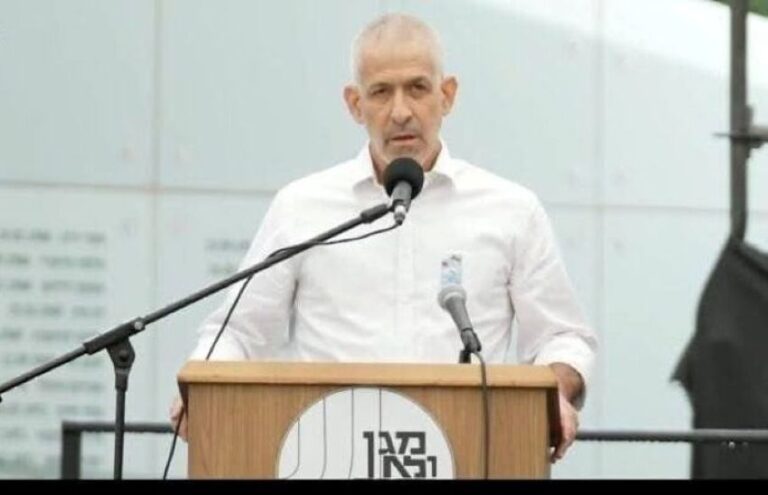
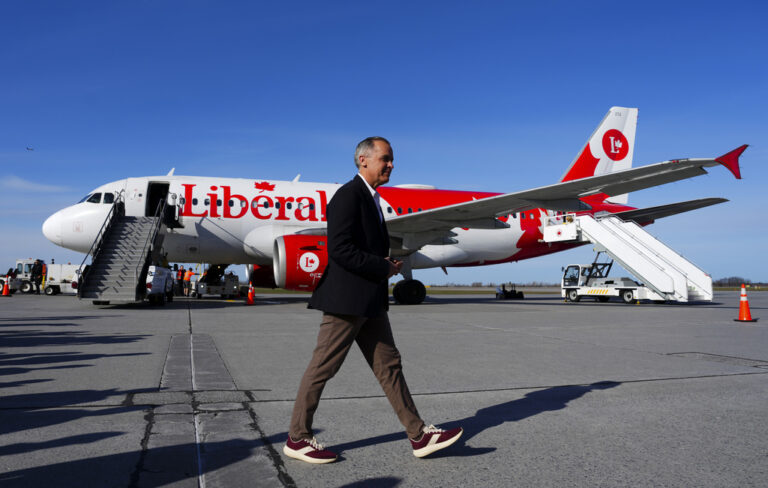
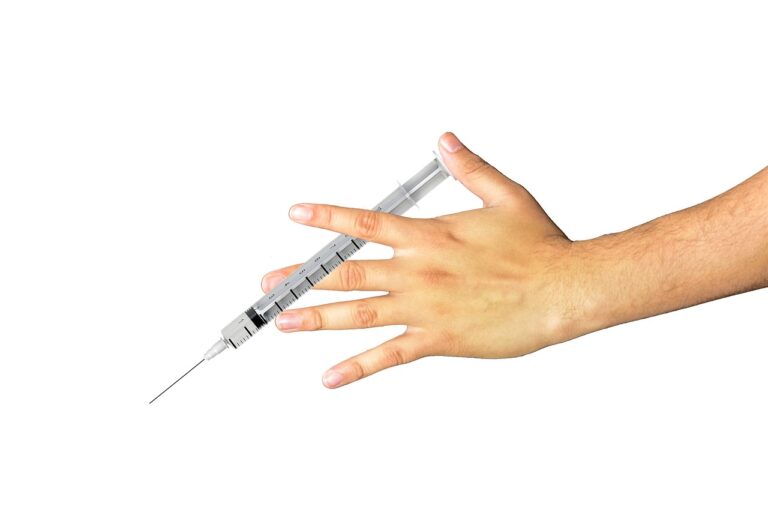

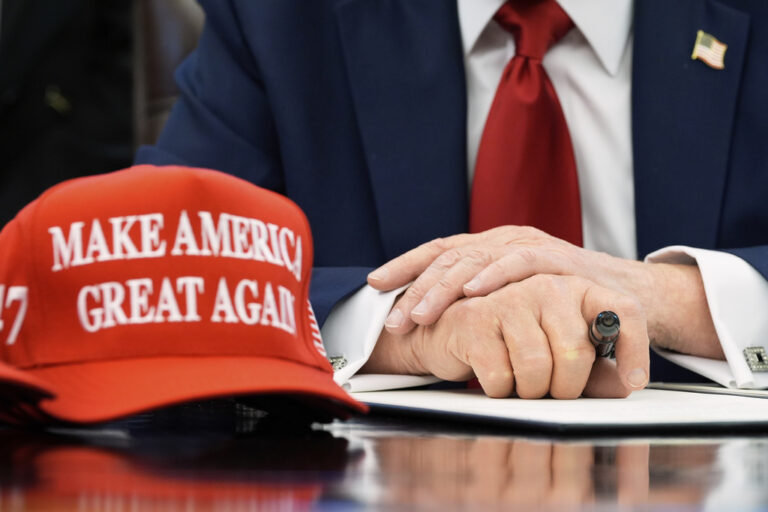
3 Responses
The American companies blow money as if its trash, bring in the Chinese people for a decade and it will all be done
Why???/ That’s probably the dumbest question ever recorded. In the USA we have environmentalists, animal rights activists, lawyers, judges, and politicians. Any of the above can and will make life miserable for anyone contemplating such a project.
First problem is size. The US is huge compared to everyone else. If the split the country, perhaps by making the”heartland” (the area between the Appalachians and the Rockies into a separate country, rail would be viable in the two coastal areas. However with such geography, automobiles are much more efficient. Even if you arrive by train, you need a car to get where you are going. Note that as soon as automobiles were introduced, railroad passenger services started to shrink.
Remember that if high speed rail was a good idea, then the corporations with big money wold have jumped at the idea a long time ago. As it is, they fled from passenger rail as soon as more efficient (faster, more convenient, and cheaper) means became available, and invested in what consumer want.